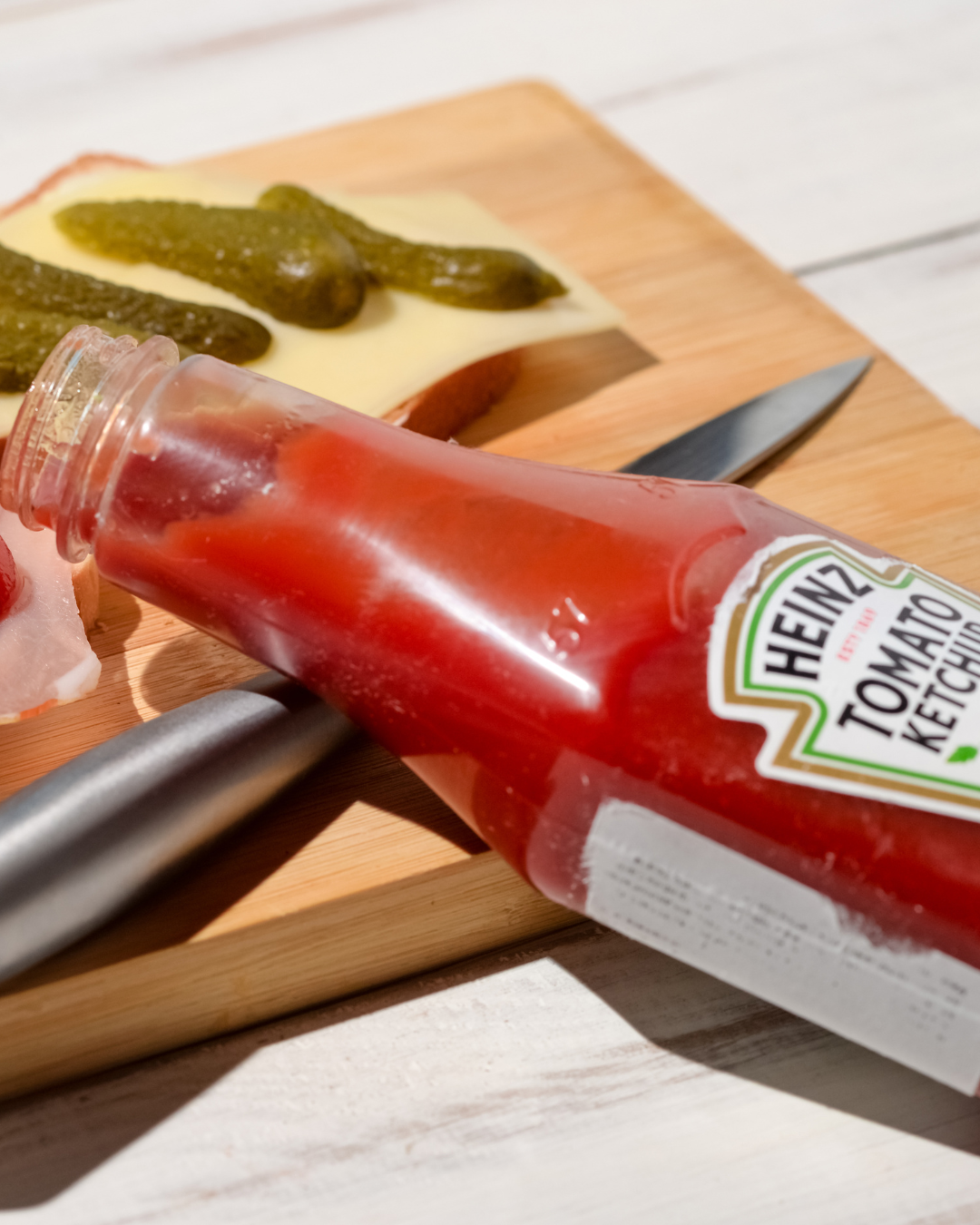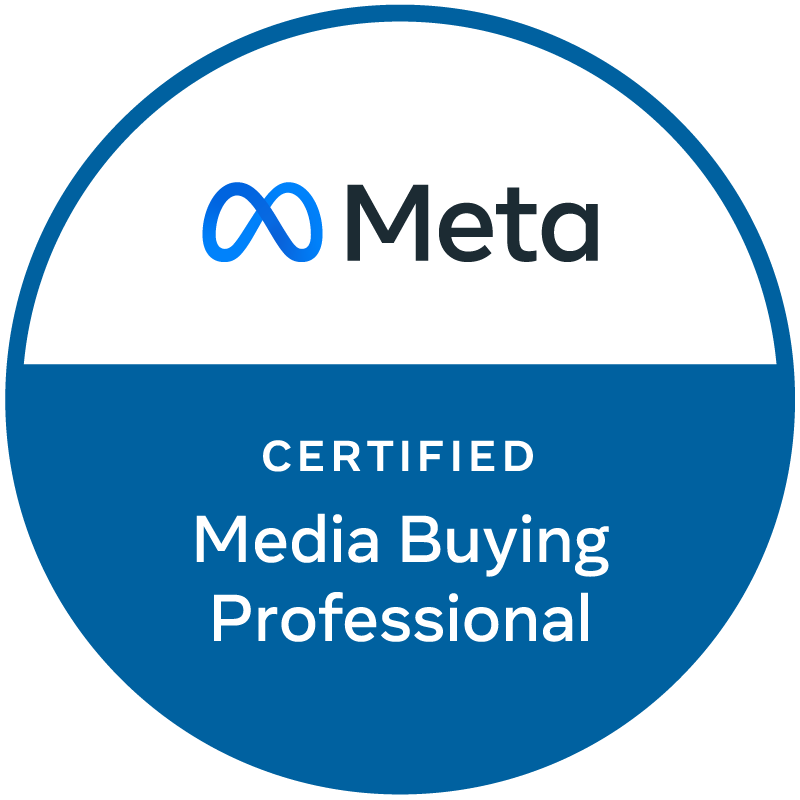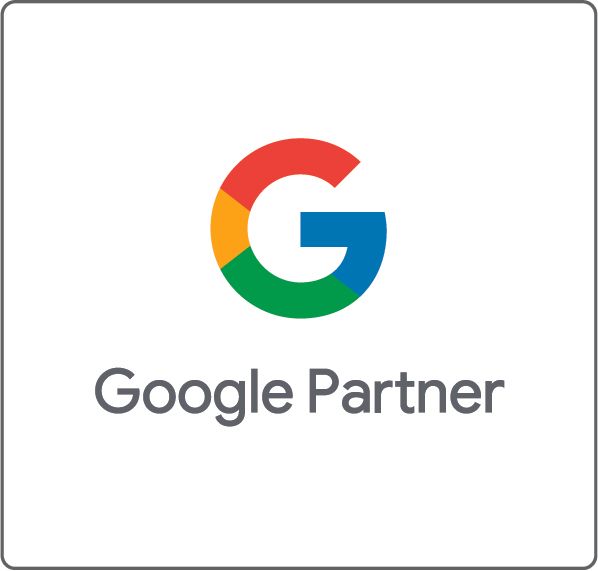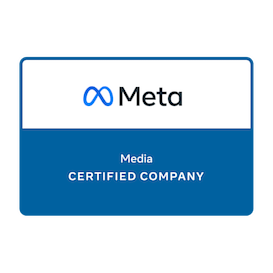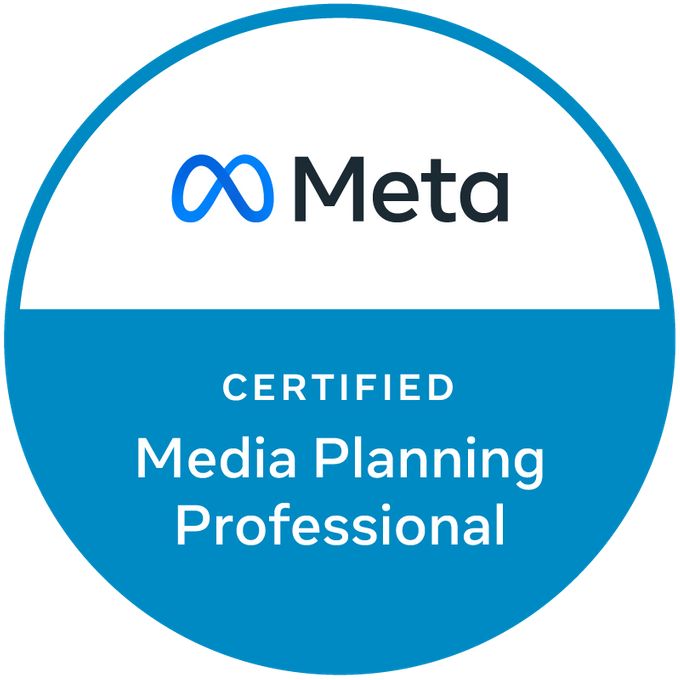Public Relations and Marketing: Better Together
Marketing attracts your audience. Public Relations (PR) earns their trust. Alone, they're valuable. Together? They're pure gold. But too often, these two essential teams often work in isolation, leaving incredible opportunities on the table. It's time to move beyond these separate efforts and learn how to align them and embrace the power of their unified strength.

PR and Marketing: Who's Who?
Before we dive into how to align PR and Marketing efforts, we need to break down their roles. The Public Relations Society of America defines PR as "a strategic communication process that builds mutually beneficial relationships between organizations and their publics." To do this, PR shapes a brand's reputation by telling its story, managing relationships with key stakeholders and ensuring a company is well-regarded in the public eye. The American Marketing Association defines Marketing as "the activity, set of instructions, and processes for creating, communicating, delivering, and exchanging offerings that have value for customers, clients, partners, and society at large." Marketers focus on promoting products or services to boost sales and creating catchy ad campaigns that make consumers want to hit "Buy Now."
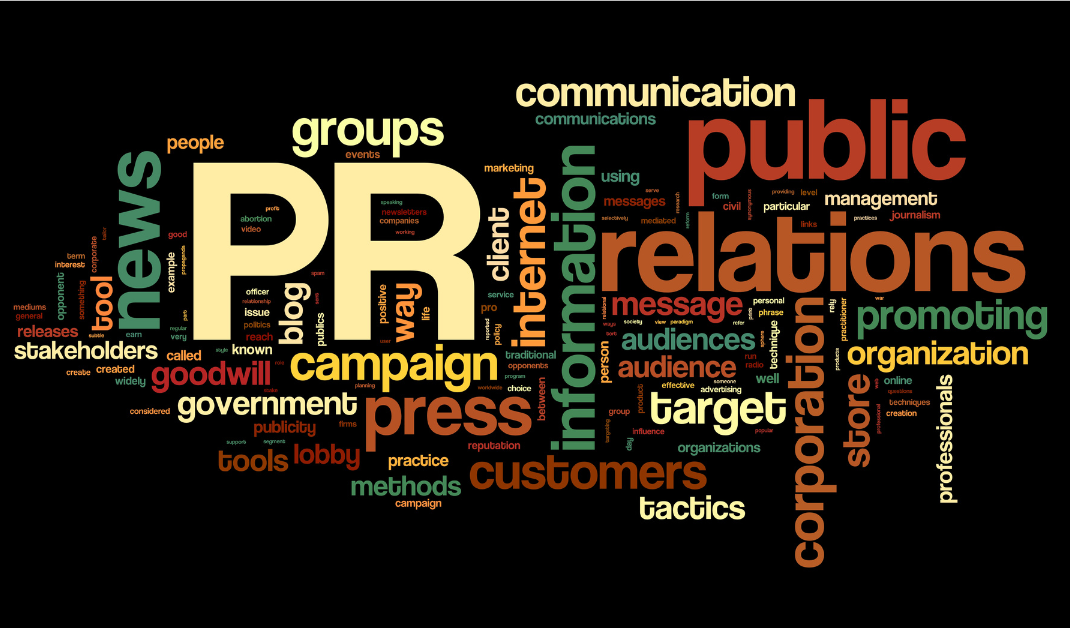
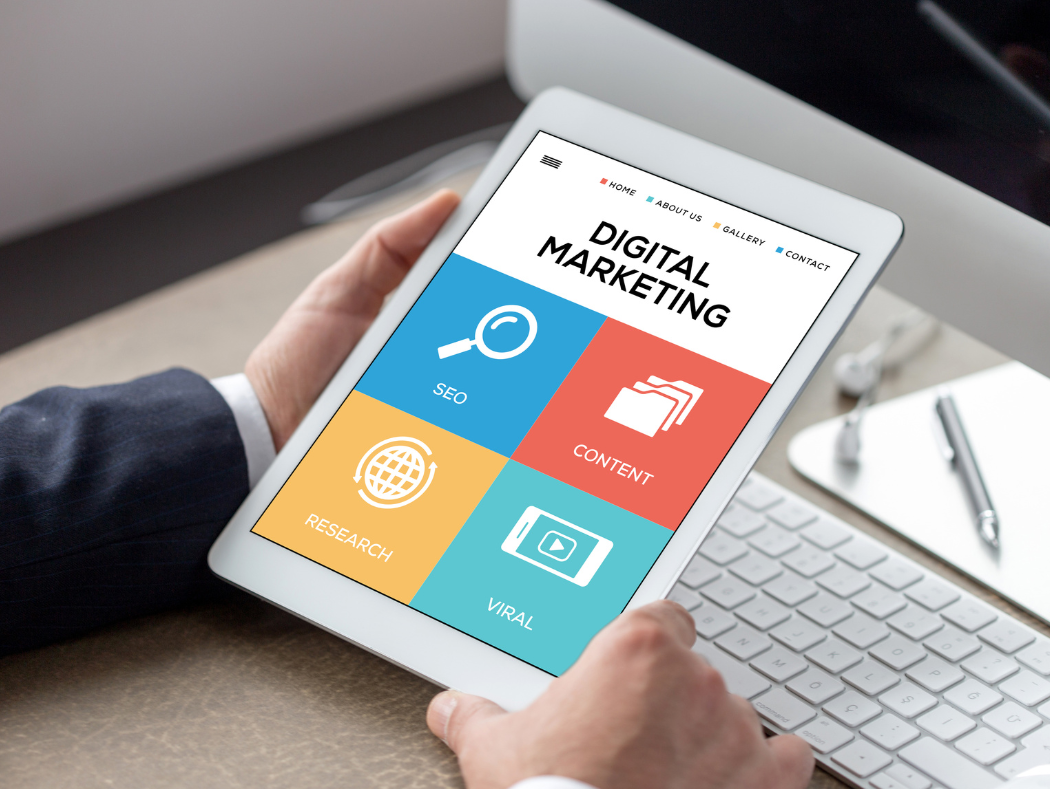
Now that we have a clear picture of the roles of PR and Marketing, the question becomes: how do we bridge the gap between these two powerful functions and harness their collective strength? Here are 5 actionable steps to take to align your PR and Marketing efforts for maximum impact.
1. Define Shared Goals
Whether you want to increase brand awareness or launch a new product successfully, PR and Marketing alignment must begin with aunified understanding of goals. Teams should collaborate to define these objectives, which will ensure a coordinated and impactful approach.
2. Collaborate on Messaging
Conflicting messages can undermine a company or person's credibility because nothing screams "we're disorganized" like mixed messages. To avoid sending mixed signals, it's important to ensure that PR's narrative and Marketing's call to action are consistent. Across all platforms, from social media campaigns to press releases, a cohesive tone, story and focus needs to be maintained.
3. Share the Metrics
PR tracks things like earned media mentions, and Marketing tracks things like clicks and conversions. While both metrics are important on their own, together, they tell a bigger story. Pooling both teams' data together can help uncover insights, develop a more comprehensive understanding of how a company, product or service is being received, and overall impacts emerge that neither team could find alone.
4. Develop Joint Campaigns
Think integration. For example, when the PR team lands an interview for a company's CEO in a top-tier publication, the Marketing team can blast that content across newsletters, social media and ads, expanding the reach and impact.
5. Consistent Communication
No partnership thrives without communication. Scheduling a recurring meeting for both teams to share updates, provide feedback and ensure they stay aligned on strategy and execution is important. Whether it's a 15-minute weekly check-in or a monthly review, maintaining a cohesive work relationship will help keep the collaboration running smoothly.

Crisis Mode? Double Team It
Once aligned, when the unexpected strikes, PR and Marketing are an unstoppable duo. PR jumps in first, managing the fallout, calming the waters and crafting the narrative. Meanwhile, Marketing adjusts campaigns to respond appropriately, showing empathy and offering practical solutions. Together, they minimize the damage and start rebuilding goodwill. This partnership in a crisis not only protects the brand but can also turn a bad moment into an opportunity to demonstrate its values.
Making the Business Case for Collaboration
If you're wondering about return on investment (ROI), PR and Marketing have you covered. Integrated efforts often deliver better results than isolated ones. When PR earns top-tier media mentions, the Marketing team can amplify this exposure through targeted digital ads, leading to both brand credibility and sales solutions. Marketing and PR collaborators also help reduce redundant efforts and wasted resources. Why run parallel campaigns when you could work jointly towards common objectives? This will not only save you money but it also ensures stronger results by creating a seamless brand identity.

A Glimpse Into the Future
The future of PR and marketing is integrated; there's no doubt about it. The rise of digital tools, real-time analytics and omnichannel strategies is bringing these disciplines closer together. By breaking down these work silos, brands can bridge the gap to create campaigns that hit harder, move faster, deliver better ROIs and thrive in an increasingly competitive landscape.
The bottom line is, PR and Marketing are better together. When they team up, they're like the two halves of a heart, working in sync to build trust, attract attention and drive impact. If your teams are still working in isolation, now's the time to change that. Start with shared goals, regular collaboration, and unified messaging and watch as your campaigns go from good to unstoppable.
Contact SparkShoppe today, and let our team help you create breakthrough, unified Marketing and PR campaigns that build trust and drive action.



